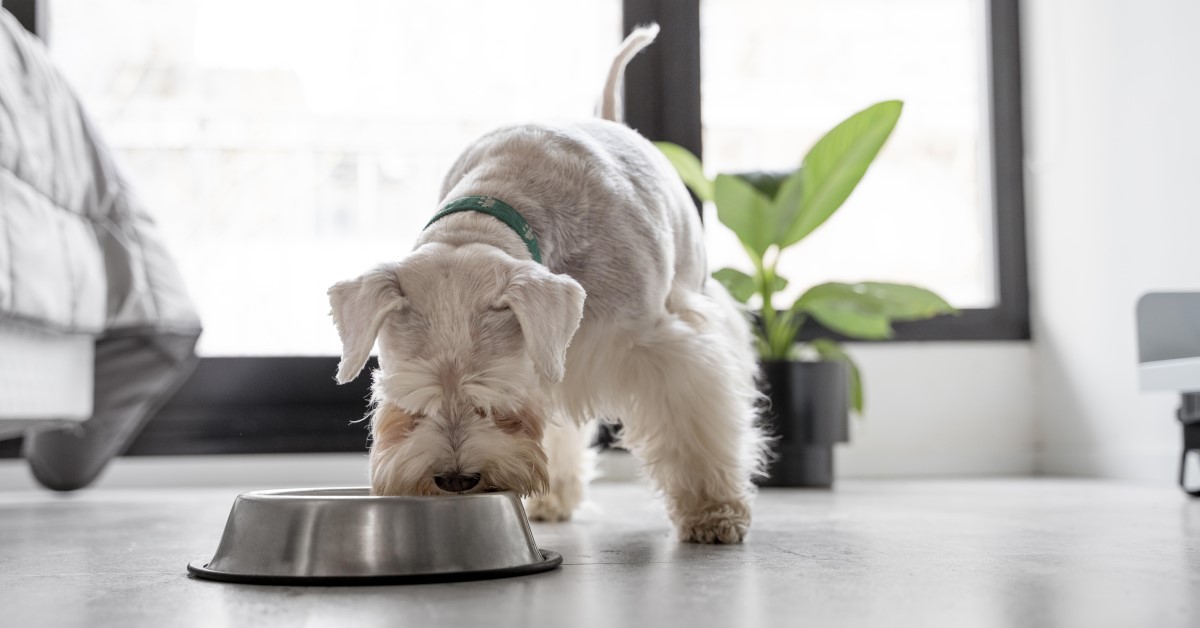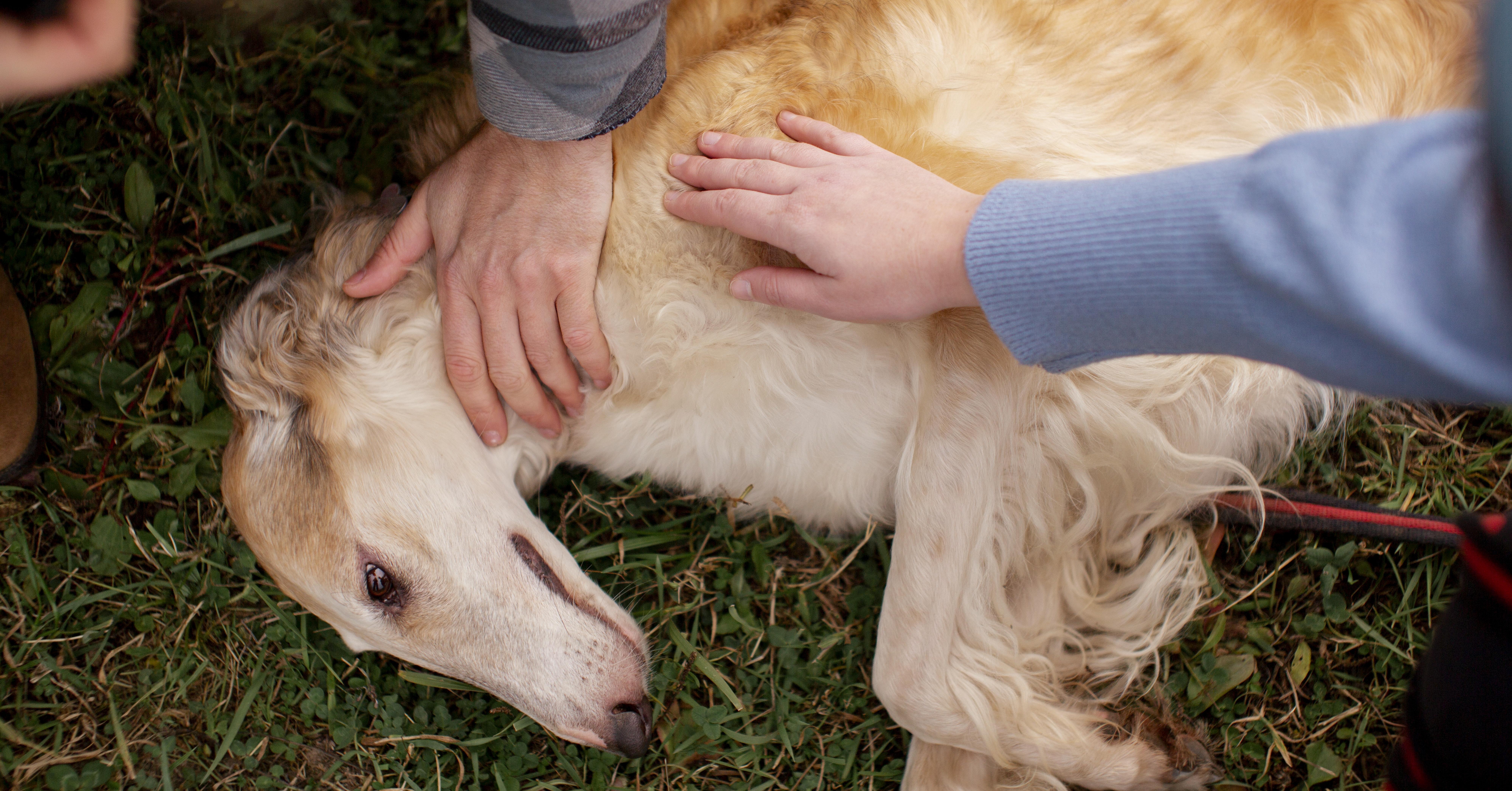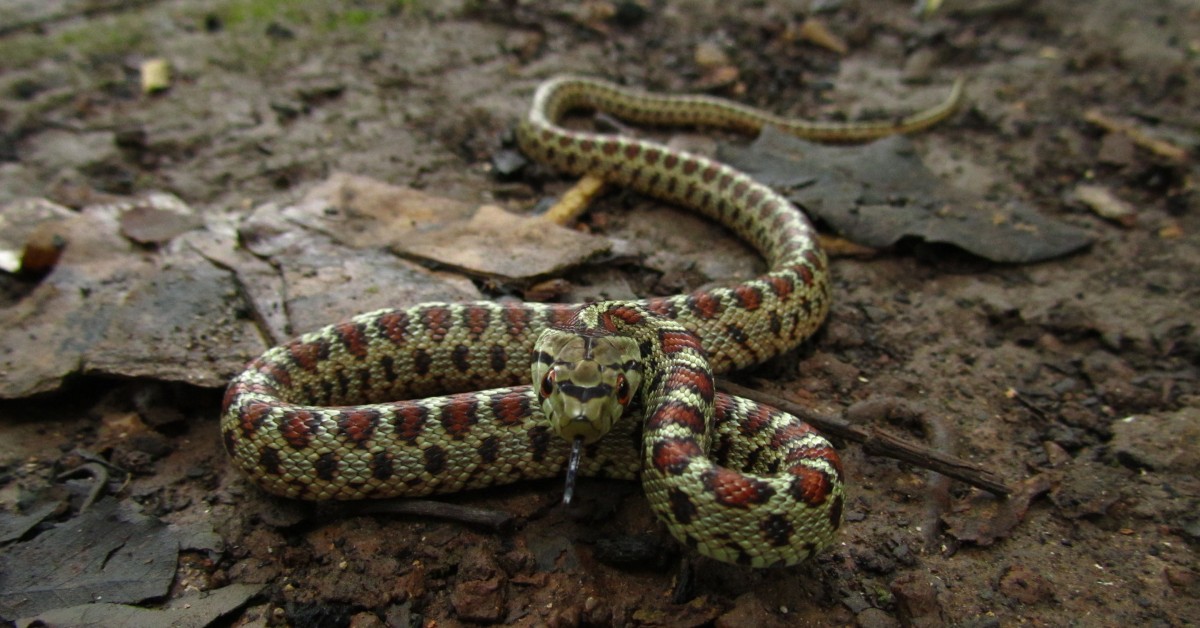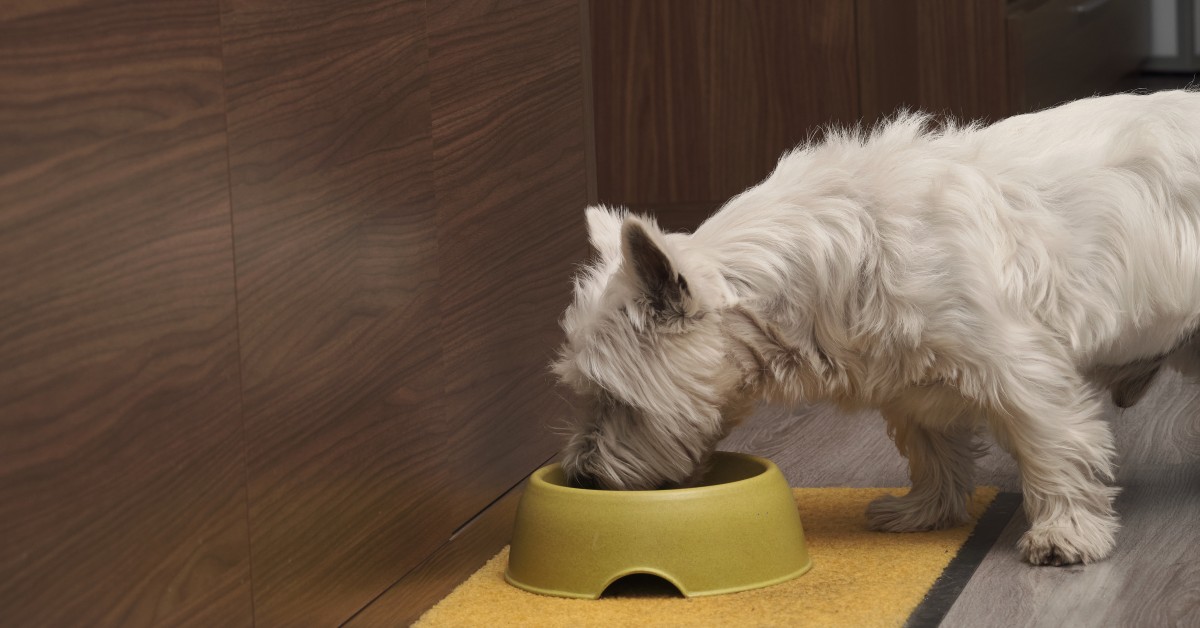How Many Times a Day Should You Feed a Dog?
Find out how many meals you should feed your dog to help ensure a happy, healthy life.

Standard veterinary wisdom has traditionally held that adult dogs with no special health concerns should receive two moderately large meals a day, ideally spaced 8 to 12 hours apart to allow for thorough digestion. Some veterinarians note that feeding a dog only once a day may permit too much bile and stomach acid to accumulate, potentially making your dog uncomfortable or sick. However, other research indicates that a once-daily feeding routine might aid canine cognition and overall wellness. Ask your veterinarian's opinion on this one-meal versus two-meal debate.
Different Dog Feeding Schedules for Different Situations
There are several scenarios where your pet might need to deviate from the standard dog feeding schedule. Let's take a look at a few common examples.
How Often to Feed a Puppy
Yes, it's normal for your puppy to have a ravenous appetite. Puppies need lots of calories because they're expending so much energy on growth and development. Between the ages of six weeks and 12 weeks, your puppy should receive four meals a day. At the 12-week mark, reduce this schedule to three meals a day. After the age of six months, your puppy should start on a two-meal daily routine.
Food for Pregnant Dogs
A pregnant dog is quite literally eating for two, giving her unborn litter of pups the calories they need while maintaining her own nutritional requirements. Starting around Week 6 of your dog’s pregnancy, you should start feeding her puppy formula instead of adult dog food. You also need to make sure she gets at least 10 percent more calories than usual. This may mean distributing her daily diet across three or more meals, especially if you're feeding your dog wet food.
Giant and Working Dog Breeds
Giant dog breeds such as Great Danes obviously need to consume more calories to keep pace with their normal growth. Working breeds with high-energy lifestyles such as Border Collies also need more food than your average household couch potato. However, you can't just put out extra-large portions at mealtimes, because that amount of food may prove more than your pet can safely or comfortably wolf down and digest. In these cases, your veterinarian may recommend three reasonable meals a day instead of the standard two.
Feeding Dogs With Health Problems
Canine health problems can affect both feeding frequency and the food you choose you serve. For instance, diabetic dogs may need more than two meals a day to maintain their blood sugar levels, while animals with gastrointestinal disorders may need multiple smaller meals over the course of the day. If your dog shows signs of obesity, digestive upset, or constant hunger despite regular feedings, have your veterinarian complete an evaluation and discuss any special feeding needs your dog might have.
Free Feeding Versus Scheduled Feeding
You may have heard of an alternative to regularly-scheduled feedings known as free feeding. This technique, in which a dispenser releases food to keep refilling the bowl, has proven popular with cat owners in single-pet households. Unfortunately, this convenient option doesn't work well for dogs or for homes with multiple pets.
Dogs have a tendency to eat whenever they feel like it as long as food is available. This tendency promotes overfeeding and obesity in dogs, which can lead to a variety of serious health problems. It can also allow different pets to eat foods that are wrong for their specific dietary and nutritional needs. Your dog might even decide that it likes the taste of cat food or vice versa. Scheduled feedings give you total control, not just over your dog's portion sizes and meal frequency, but also over the nutrition your dog gets from each meal.
Should You Time Your Dog’s Meals?
Dogs don't always need to clean every speck of food from their bowl at every meal. Your dog might feel a bit less hungry than usual or might be slightly under the weather and decide to leave some food behind. In any case, you don't want to leave the uneaten food in the bowl with the idea that your dog will eat it with its second meal. The food may go stale, attract pests, or get eaten by other pets who have their own feeding schedules.
You can resolve this problem without stealing food away from your dog prematurely by timing your pet's meals. Give your pet 30 minutes to finish whatever's left in the food bowl, then throw out the uneaten portion and wait until the next scheduled mealtime to give your dog more food.
Do Dog Treats Count?
Treats definitely count toward your dog's daily caloric intake, but they shouldn't take the form of mini-meals. Veterinarians recommend limiting treats to no more than 10 percent of your dog's daily consumption. If your dog constantly begs for treats, ask your veterinarian whether you should increase his or her meal sizes.
Canine Health Depends on Proper Feeding Routines
Intelligent, responsible feeding practices can help your dog enjoy satisfying meals while also getting the full nutritional benefits from his or her food. Schedule a veterinary evaluation so you can learn more about your dog's specific dietary and nutritional needs.
Ready to start saving money on pet wellness care?
Then take a look at Mint Wellness, the pet wellness plan that provides fast reimbursement on routine pet care. Save on vaccinations, wellness exams, preventatives, dental, and more!
Learn More


